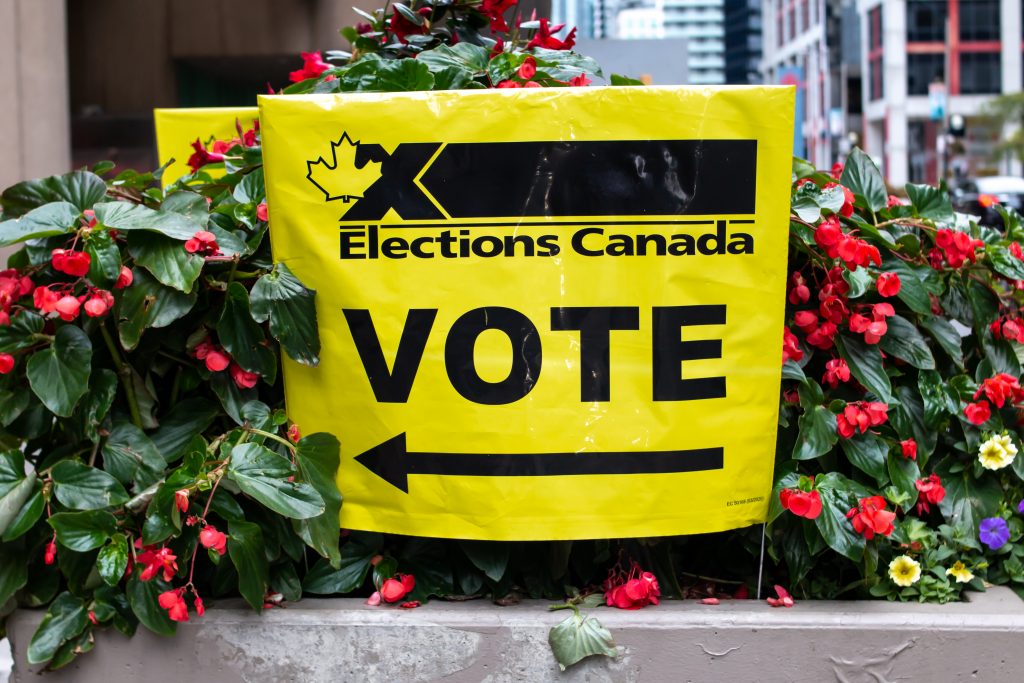Four Years of Action: How Far Have Canadian Brands Come?
Twelve years ago, the world watched in horror as the Rana Plaza collapsed in Bangladesh. In just minutes, over 1,100 garment workers, most of them young women, were killed and more than 2500 were injured. It was one of the deadliest industrial disasters in history and exposed a devastating truth – the fashion industry built on the backs of women was failing them.
For many in Canada, the Rana Plaza tragedy was a wake-up call. It shattered the illusion that fast fashion came without a cost. The tragedy sparked grief, outrage and a global reckoning – a call for transparency, accountability and basic human rights in how our clothes are made.
Yet, over a decade later, the women who make our clothes - in Bangladesh, Cambodia and across the Global South – are still paid poverty wages, work long hours in difficult and sometimes dangerous conditions. While progress has been made on health and safety, especially in Bangladesh, a safe workplace requires much more. It means that the women who make our clothes earn enough to feed their children, send them to school and access healthcare.
The Rana Plaza tragedy didn’t just bring down a building, it exposed cracks across an entire industry. It sparked a global movement demanding that clothes should not be made in exploitative conditions, that women should be able to live with dignity and that fashion should never come at the cost of human rights.
And that’s where the What She Makes campaign comes in.
Over the past four years, the What She Makes campaign has grown into a powerful collective force – driven by relentless advocacy, strategic pressure and the unwavering support of thousands of people across Canada. Together, we wrote letters, mobilized actions, launched petitions and called on Canadian fashion brands to step up. Some brands have taken meaningful steps toward transparency and fairness. Some chose silence over dialogue, perhaps because accountability is uncomfortable. And others continue to offer only surface level solutions, spurred more by public scrutiny than a commitment to lasting change. But the past four years have shown us that when we come together and refuse to look away, we can push even the most powerful industries to do better.
So, what has changed?
Aritzia
Aritzia has started to map out what garment workers in its supply chain are paid – an important first step in understanding wage gaps. They’ve acknowledged that fair wages and decent working conditions are human rights and they’ve laid out policies that sound promising. However, there’s still no credible commitment to ensuring workers, the backbone of its profits, are paid enough to live with dignity. While Aritzia talks about economic security and collaboration, there’s little transparency on what that entails or how this will lead to tangible change. Concrete action, measurable milestones and transparency are key to ensure our clothes aren’t woven in poverty.
Herschel Supply Co.
This private Canadian fashion brand, continues to do the bare minimum in terms of commitments and transparency. While they report on following international labour standards and conducting supply chain due diligence there is little public evidence of what that actually looks like. Herschel has a responsibility to do better.
Joe Fresh (Loblaw)
More than a decade after the Rana Plaza collapse, where Joe Fresh was producing clothing, the brand still has a long way to go. It was the only Canadian company to sign the International Accord for health and safety, largely due to public pressure. Despite its massive profits, Joe Fresh has shown limited action. The company lacks a commitment to paying a living wage and supporting its suppliers to make that a reality. Joe Fresh must go beyond doing the bare minimum and demonstrate leadership in upholding workers’ rights and ensuring living wages.
lululemon
Lululemon became a member of the Fair Labor Association (FLA) and started its accreditation process in 2020, which is worth celebrating. lululemon has publicly recognized that the women who make our clothes deserve fair wages. This shift is a result of persistent advocacy, collective action and the brands’ intention to do better. The company also demonstrates a supportive approach toward its suppliers and acts as an enabler to foster better working conditions. Lululemon has taken steps toward collecting wage data, which is an important step. While their efforts signal progress, the pathway to paying a living wage remains incomplete due to a lack of measurable milestones.
Roots
Roots is starting to take some encouraging steps towards greater accountability. After four years of advocacy and growing pressure from our What She Makes community, Roots has taken important initial steps towards transparency. The brand has made its supplier code of conduct public, revealed where its clothes are made and joined the Fair Labor Association (FLA) accreditation process. These actions signal willingness to move in the right direction. Knowing where our clothes are made is just the beginning. Roots has yet to commit to paying a living wage - a fundamental human right for the women who make our clothes. To truly reflect the Canadian values, Roots must ensure that the people behind the label are paid enough to live with dignity.
What should brands do?
Brands have an opportunity to move beyond surface-level commitments, take meaningful steps to ensure the women behind their labels are not trapped in a cycle of poverty. This starts with making a credible commitment to paying a living wage, mapping wages in their supply chains, setting clear milestones to close the wage gap and being transparent at every step. To truly reflect the values of people across Canada, fashion brands must prioritize people over profits and ensure human rights are protected.

